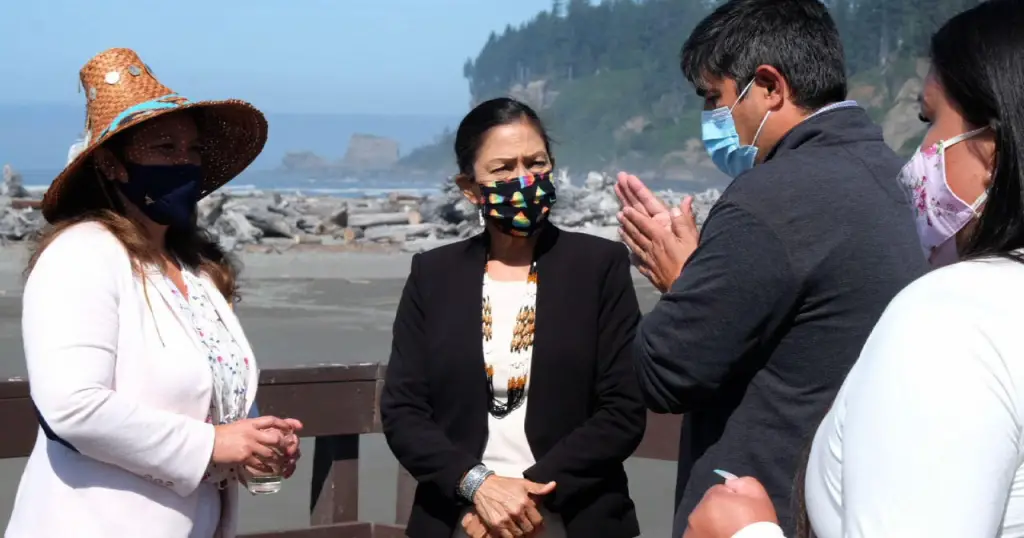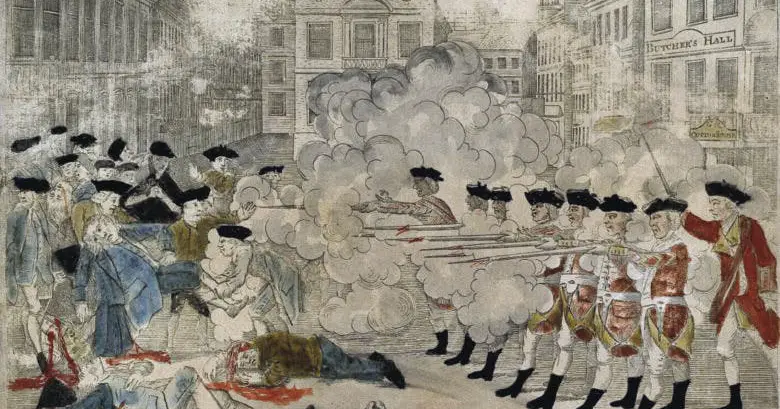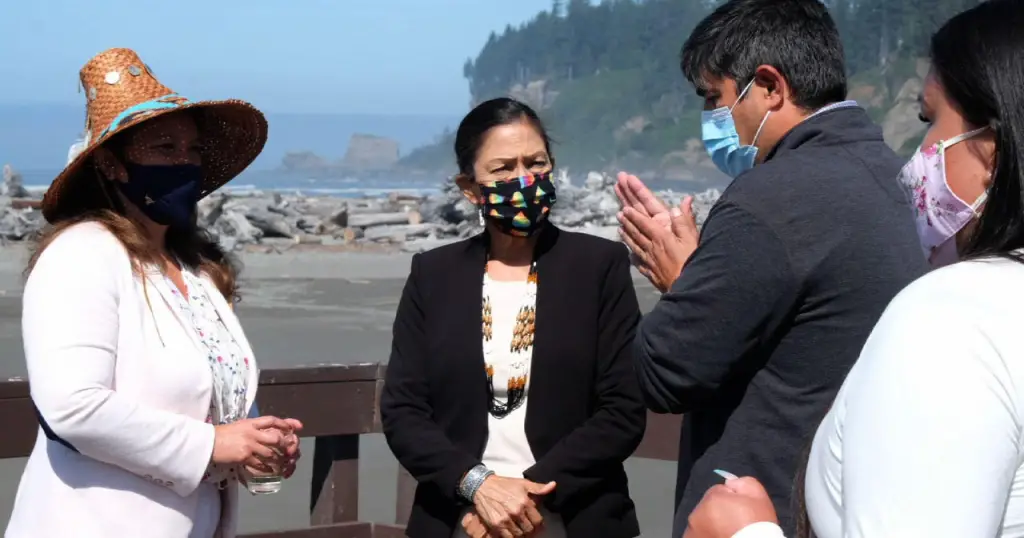In the intricate tapestry of American history, the policies enacted by leaders toward Native American rights have always been a subject of profound significance and debate. Among these, Prescott’s era stands out as a pivotal chapter, marked by a complex interplay of political, social, and cultural dynamics.
Prescott’s policies toward Native American rights not only shaped the immediate landscape of his time but also left an indelible mark on the long-term trajectory of indigenous affairs in the United States. This in-depth exploration seeks to unravel the layers of Prescott’s policy framework, examining its nuances, impacts, and the reverberations it has had through time.

By delving into this crucial aspect of American history, we gain invaluable insights into the ongoing narrative of Native American rights and their evolving place within the broader context of national policy and identity.
Historical Prelude to Prescott’s Policies
Understanding the landscape of Native American rights prior to Prescott’s era is crucial to fully comprehend the impact of his policies. The United States’ history with its indigenous peoples is fraught with complex negotiations, treaties, and conflicts.
Before Prescott took office, Native American policies were characterized by a mixture of neglect, paternalism, and at times, outright hostility. This period saw a range of approaches, from forced relocation to attempts at assimilation. The historical context sets the stage for understanding the shifts that Prescott’s policies introduced.
Prescott’s Policy Framework: An Overview
Prescott’s approach to Native American rights marked a significant departure from his predecessors. His policy framework was built on a foundation of respect for sovereignty and cultural identity, a notable shift from the previous eras’ strategies.
These policies encompassed various aspects of life and governance, including land rights, education, and legal representation. The holistic nature of Prescott’s approach aimed at integrating Native American rights into the national fabric while honoring their unique cultural heritage.
Educational Policies
Education under Prescott’s administration took a significant turn, especially in how it pertained to Native American communities. Recognizing the power of education in shaping futures, his policies aimed to provide more inclusive and culturally sensitive educational opportunities for Native American children.
These educational reforms were not just about access but also about content. Prescott’s administration worked towards curriculum development that respected and included Native American history and culture, a move away from the assimilationist policies of the past.
The impact of these policies on Native American communities was multifaceted, affecting not only educational outcomes but also cultural preservation.
Land Rights and Treaties
Land rights have always been a contentious issue in Native American history, and under Prescott’s leadership, this area witnessed significant policy shifts. His tenure was marked by efforts to negotiate fairer treaties, recognizing the sovereignty and rights of Native American tribes over their ancestral lands.
Prescott’s policies aimed at rectifying historical injustices through fairer land allocation and redistribution. This not only involved returning certain lands but also ensuring that future treaties were negotiated with greater equality and respect for Native American rights.
The impact of these treaties extended beyond mere land ownership, touching on aspects of sovereignty, resource management, and cultural significance.
Cultural Preservation Efforts
One of the hallmarks of Prescott’s tenure was his commitment to the preservation of Native American culture. His policies acknowledged the critical importance of protecting and nurturing the rich cultural heritage of Native American tribes.
Efforts were made to support traditional practices, languages, and ceremonies. This included funding for cultural programs, support for tribal museums, and initiatives to document and preserve native languages. The recognition of the cultural rights of Native Americans under Prescott’s policies was a significant step towards respecting and celebrating the diversity of American cultural heritage.
Legal Rights and Representation
The legal landscape for Native Americans saw considerable changes under Prescott’s policies. There was a concerted effort to enhance the legal rights of Native Americans and ensure better representation within the legal system.
These policies focused on ensuring that Native Americans had better access to legal resources and were adequately represented in legal matters, particularly those affecting their communities. The changes also included reforms in the judicial process to make it more equitable for Native American defendants and plaintiffs, thus acknowledging and addressing the unique legal challenges faced by these communities.
Economic Policies and Impact
Economic empowerment formed a crucial component of Prescott’s policy approach towards Native Americans. His administration focused on initiatives aimed at improving the economic well-being of Native American communities, recognizing that economic stability is fundamental to achieving greater equality and autonomy.
The policies included support for Native American-owned businesses, investment in community development projects, and programs designed to enhance job skills and opportunities within these communities.
The long-term economic outcomes of these initiatives were significant, contributing to a gradual upliftment in the socio-economic status of many Native American communities.
Healthcare and Welfare
Healthcare and welfare policies under Prescott took a more inclusive and attentive turn. Recognizing the specific health challenges faced by Native American communities, his administration worked to enhance access to quality healthcare services.

This effort involved expanding healthcare facilities in Native American areas, increasing funding for health programs, and integrating traditional healing practices with modern medical care. Welfare programs were also tailored to address the unique needs of these communities, ensuring that assistance was both culturally appropriate and effective.
Environmental Policies and Native Lands
Prescott’s era also saw a heightened focus on environmental policies, especially in their impact on Native lands. His administration recognized the deep connection between Native American communities and their ancestral lands, leading to policies that emphasized environmental protection and sustainable use of resources.
Efforts were made to protect sacred sites and natural habitats, often in collaboration with Native American tribes. These policies not only helped preserve important ecological areas but also reinforced the cultural and spiritual ties that Native communities have with their land.
International Relations and Indigenous Peoples
Prescott’s policies also extended to the international arena, particularly in how they influenced relations with foreign nations regarding indigenous rights. His administration played a role in shaping the conversation around indigenous rights on a global scale, promoting dialogue and cooperation.
These policies not only impacted how the United States interacted with other nations on indigenous issues but also provided a platform for Native American leaders to engage in international indigenous rights movements. This global perspective underlined the importance of a collective approach in addressing the challenges and rights of indigenous peoples worldwide.
Community and Social Dynamics
Prescott’s policies also had a profound impact on the social and community dynamics within Native American populations. His approach sought to foster better integration while respecting the distinct identity of these communities.
On one hand, there was an emphasis on social integration, aimed at reducing barriers and promoting greater understanding between Native American communities and the wider society. On the other, there was a conscious effort to preserve and strengthen Native American family structures and community bonds, recognizing their importance in maintaining cultural heritage.
Opposition and Criticism
No policy framework is without its critics, and Prescott’s approach to Native American rights was no exception. His policies faced opposition from various quarters, ranging from political rivals to groups within Native American communities themselves.
Some critics argued that his policies were too interventionist or paternalistic, while others felt they did not go far enough in addressing historical injustices. Understanding these critiques is essential for a balanced view of Prescott’s impact on Native American rights, highlighting the challenges and complexities inherent in policy-making.

Comparative Analysis with Previous Administrations
To fully appreciate the significance of Prescott’s policies, it’s important to compare them with those of his predecessors. This comparative analysis sheds light on the evolution of Native American rights over time and the distinct approach that Prescott brought to the table.
His policies marked a departure from previous administrations in several ways, from the emphasis on cultural preservation to the approach towards land rights and legal representation. This comparison not only contextualizes Prescott’s legacy but also highlights the changing landscape of Native American rights in American political history.
Personal Narratives and Testimonies
The real impact of Prescott’s policies is perhaps best understood through the personal narratives and testimonies of those directly affected. Stories from Native American communities provide a human face to the policies, offering insights into their day-to-day impact.
Equally important are the perspectives of policymakers and enforcers who played a role in implementing Prescott’s vision. These narratives provide a multifaceted view of the policies, illuminating both their strengths and limitations in addressing the complex realities of Native American life.
Media Representation and Public Perception
The role of media in shaping public opinion about Prescott’s policies cannot be overstated. During his tenure, the portrayal of these policies in the media played a significant role in influencing public perception.
Initially, there was skepticism and varied opinions in the media regarding the effectiveness and intentions behind Prescott’s policies. Over time, however, as the results of these policies became more evident, the narrative began to shift.
This evolution in media representation is crucial to understanding how public perception of Native American rights and Prescott’s approach evolved throughout his administration.
Long-term Effects and Legacy
The legacy of Prescott’s policies on Native American rights extends far beyond his tenure. Evaluating the long-term effects of his administration provides a clearer picture of the lasting impact these policies have had on Native American communities and on American society as a whole.

While some of Prescott’s initiatives have had enduring positive effects, others have had unintended consequences or have fallen short of their goals. This assessment is vital for a holistic understanding of his legacy, contributing to ongoing discussions about the best ways to address Native American rights in contemporary times.
FAQs
In this section, we will be delving into some of the most common inquiries and curiosities that surround our topic.
What were the key principles behind Prescott’s policies on Native American rights?
Prescott’s policies were primarily guided by principles of respect for sovereignty, cultural preservation, and integration of Native American rights into national policy. These policies sought to address historical injustices and improve the socio-economic conditions of Native American communities. A significant emphasis was placed on recognizing and preserving the cultural heritage, languages, and traditions of Native American tribes, alongside ensuring their legal and political representation.
How did Prescott’s approach to land rights differ from previous administrations?
Unlike many of his predecessors, Prescott’s approach to land rights was more equitable and respectful of Native American sovereignty. His administration focused on negotiating fairer treaties, which involved returning certain lands and ensuring future agreements recognized the rights and needs of Native American tribes. This contrasted with previous policies that often involved forced relocation or unfair treaties that disregarded the interests of Native communities.
What impact did Prescott’s policies have on the cultural preservation of Native American communities?
Prescott’s policies had a significant positive impact on the cultural preservation of Native American communities. They included initiatives for funding cultural programs, supporting tribal museums, and efforts to document and preserve native languages and traditions. These efforts helped to revive and maintain important aspects of Native American heritage, which had been previously neglected or actively suppressed.
Conclusion
In conclusion, Prescott’s policies toward Native American rights represent a significant chapter in the history of American policy-making. His administration’s approach to issues like education, land rights, legal representation, and cultural preservation marked a notable shift in the government’s relationship with Native American communities.
The legacy of Prescott’s policies is complex, with both successes and shortcomings. Understanding this legacy is crucial for anyone looking to grasp the intricacies of Native American rights in the United States, both in a historical context and in contemporary discussions.



Leave a Comment
You must be logged in to post a comment.